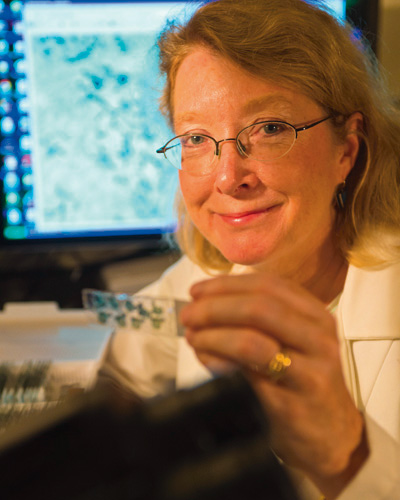
Scientists Think They Have Found One of the Causes of Autism
Treating neurological disorders early on will have a major impact on children’s lives
New ways of treating serious neurological disorders in children – including autism and schizophrenia – could be in the pipeline following a major breakthrough.
American researchers have found that brain inflammation in youngsters may cause the disorders.
By Stephen Beech
The team discovered that inflammation stops some neurons from maturing in the developing brain – a breakthrough which they say could open the door to new treatments.
Severe inflammation in early childhood is a clinically known risk factor for developing autism and schizophrenia.
Now, for the first time, scientists from the University of Maryland School of Medicine (UMSOM) have discovered that inflammation alters the development of vulnerable brain cells, and could have links to neurodevelopmental disorders.
Read Also:
Thousands Gather In London To Demonstrate Support For Palestine
President Bukele Of El Salvador Has Deployed 4000 Soldiers To Three Communities
Using single-cell genomics to study the brains of children who died from inflammatory conditions – such as bacterial or viral infections or asthma – along with those who died in a sudden accident, the research team found inflammation in early childhood prevents specific neurons in the cerebellum from maturing completely.
Professor Margaret McCarthy
The cerebellum is a brain region responsible for motor control and cognitive functions used in language, social skills, and emotional regulation.
Previous research has shown that babies born with abnormalities of the cerebellum often go on to experience neurodevelopmental disorders, and animal models exposed to inflammation before birth also develop the conditions.
‘We looked at the cerebellum because it is one of the first brain regions to begin developing and one of the last to reach its maturity, but it remains understudied,’ said study co-leader Dr Seth Ament, of UMSOM.
‘With the fairly new technology of single nucleus RNA sequencing we could look at the cell level to see changes in the brains.’
Co-leader Professor Margaret McCarthy said: ‘This has never been done before in this age group and in the context of inflammation.
‘The gene expression in the cerebella of children with inflammation were remarkably consistent.’
Dr Seth Ament
The research team examined donated post-mortem brain tissues of 17 children who died when they were one to five years old, eight from conditions that involved inflammation and nine from accidents.
None of the donors had been diagnosed with a neurological disorder.
The study found that two specific, yet rare, types of neurons were most vulnerable to brain inflammation – the Golgi and Purkinje neurons.
The researchers explained that, following inflammation, these two types of neurons showed premature disruption of their maturation.
‘Although rare, Purkinje and Golgi neurons have critical functions,’ said Dr Ament.
‘During development, Purkinje neurons form synapses connecting the cerebellum to other brain regions involved in cognition or emotional control, while Golgi neurons coordinate communication between cells within the cerebellum.
‘Disruption of either of these developmental processes could explain how inflammation contributes to conditions like autism spectrum disorders and schizophrenia.’
He said, as with many diseases, both genetics and the environment – in this case, inflammation – likely contribute to the risk of developing the disorders.
The new study, published in the journal Science Translational Medicine, is part of a collection of more than 20 papers describing the development and diversity of cell types in the human brain.
Source: Metro.co.uk






